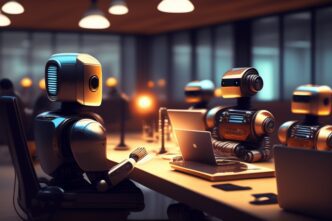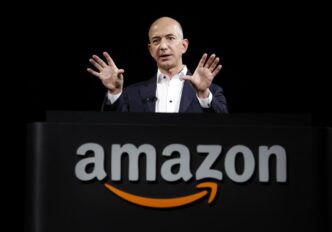Amazon’s new robot, Vulcan, is offering a real glimpse into what work might look like in an AI-powered future. While some fear machines will take over everything, Amazon is showing that people might still have a place—just in a different role.
Vulcan is a robot that can “feel” and handle tough tasks, like grabbing items from hard-to-reach shelves. This means warehouse workers won’t need to bend, stretch, or climb all day. Instead of doing these repetitive jobs, some workers will shift into new roles, like robot technicians.
CEO Andy Jassy said Vulcan helps make work safer and opens new career paths. In a post on X, he explained that Amazon is training some employees to support these bots. They’re learning how to fix, monitor, and maintain the robots.
That may sound like a win for workers. And in some ways, it is. Amazon’s new robot is doing part of the heavy lifting, but it’s also helping humans move into more technical roles. The company claims these bots now assist in 75% of customer orders—and that they’ve led to hundreds of new job types.
Still, not everyone can or wants to be a robot tech. And Amazon hasn’t suggested that each warehouse worker will get a one-to-one upgrade to a new job. Most robots don’t need the same amount of supervision that humans do.
What matters is the signal Amazon is sending. Including a retraining program alongside the launch of Vulcan shows the company is thinking about what comes next for workers. That’s something we haven’t seen much of in the rush to automate.
In the long term, warehouse roles might evolve. Instead of grocery clerks, we may see automation monitors. Instead of cooks, there might be bot overseers. Using AI could become as basic as knowing how to use a computer.
But it’s also possible that this high-tech future stays limited to big players like Amazon. Many retail stores and restaurants still rely on humans—and may continue to do so for decades. Even Amazon has scaled back some of its past automation, like the Just Walk Out checkout system, after it proved harder to implement widely.
For now, Amazon’s new robot shows us that AI might not replace all workers. Instead, it could change how people work—and what they need to learn to stay employed.













